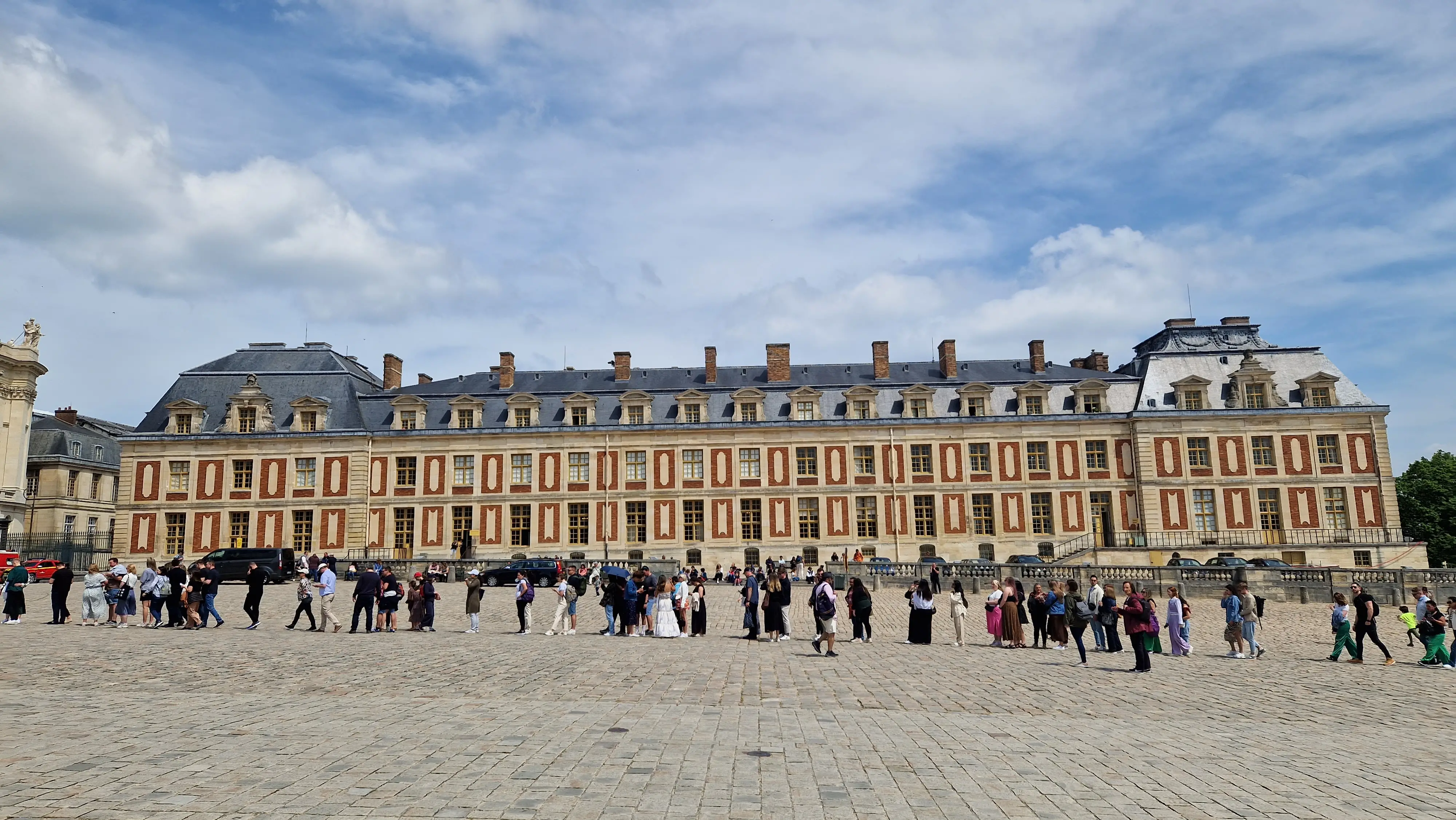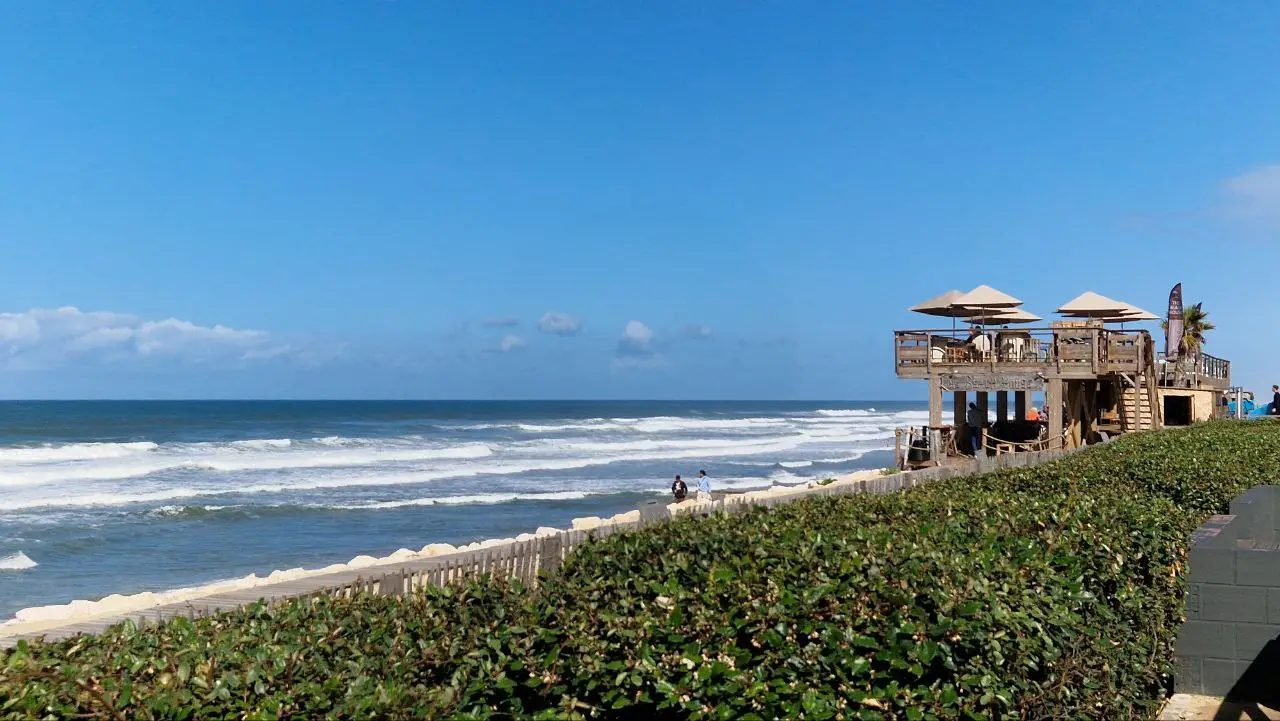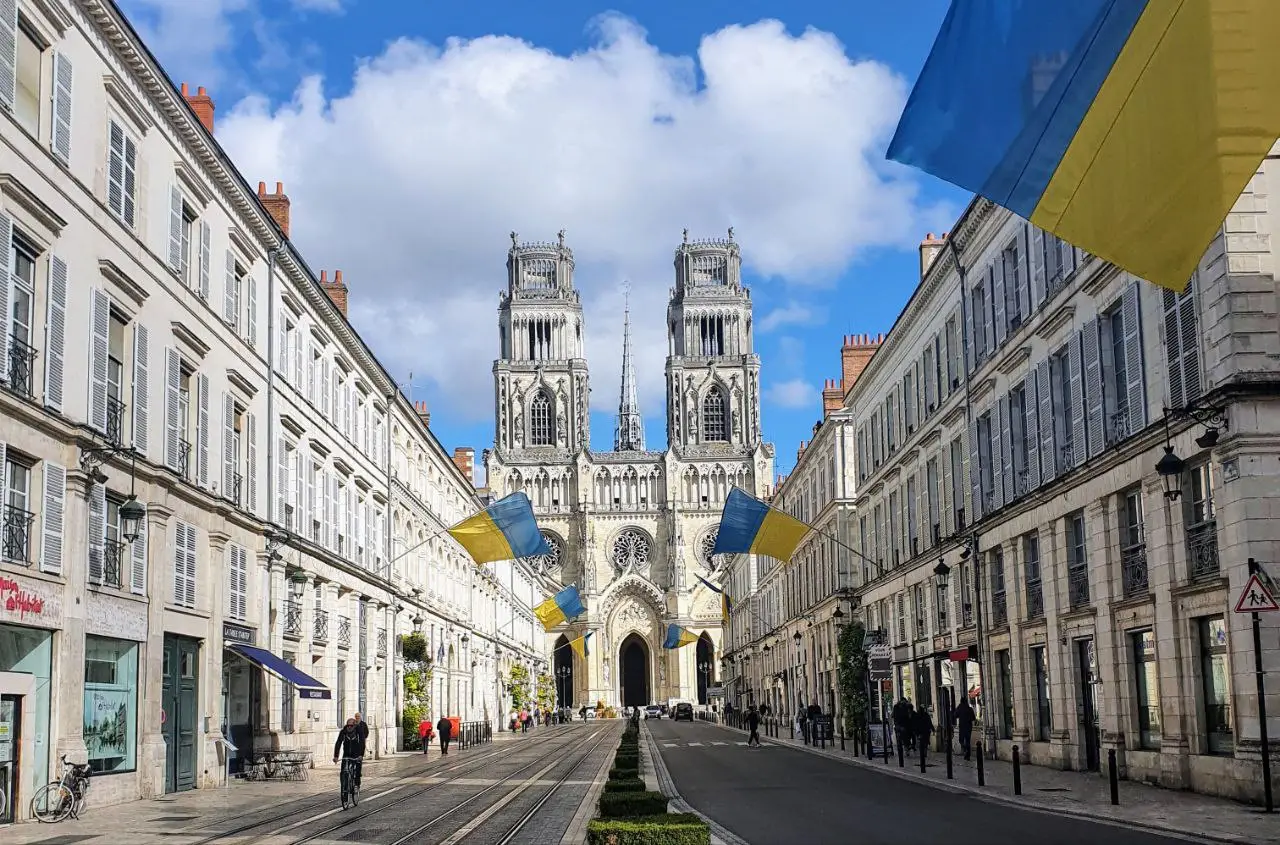Dordogne: Gouffre de Padirac or Padirac Cave
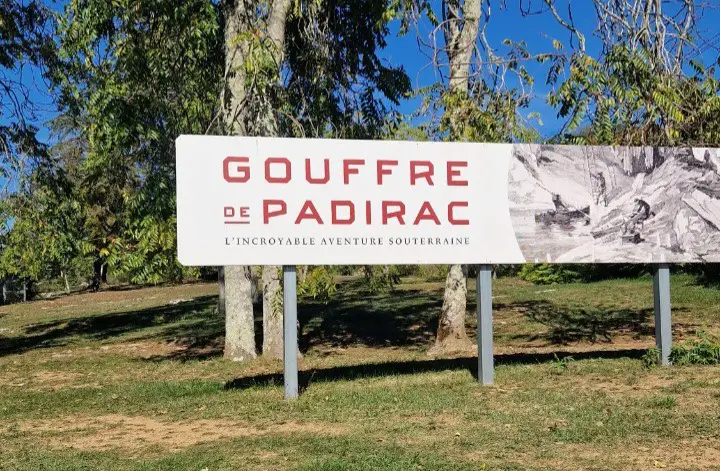
The Dordogne is a unique region of France that offers visitors an incredible combination of natural beauty, cultural attractions and historical sites. Its caves open a window into the past and offer the beauty of untouched nature
The Dordogne department covers a large part of the historic Pyrénées region, known for its natural beauty and cultural heritage. The region takes its name from the Dordogne River, which flows through its center. Picturesque landscapes, ancient castles and rich culinary traditions make the Dordogne an ideal place to relax and explore.
This region attracts tourists with its unique atmosphere, cultural events and the opportunity to discover human history through art preserved in the depths of caves. A visit to the Dordogne is a fascinating journey through time that leaves an unforgettable experience and a deep understanding of our past.
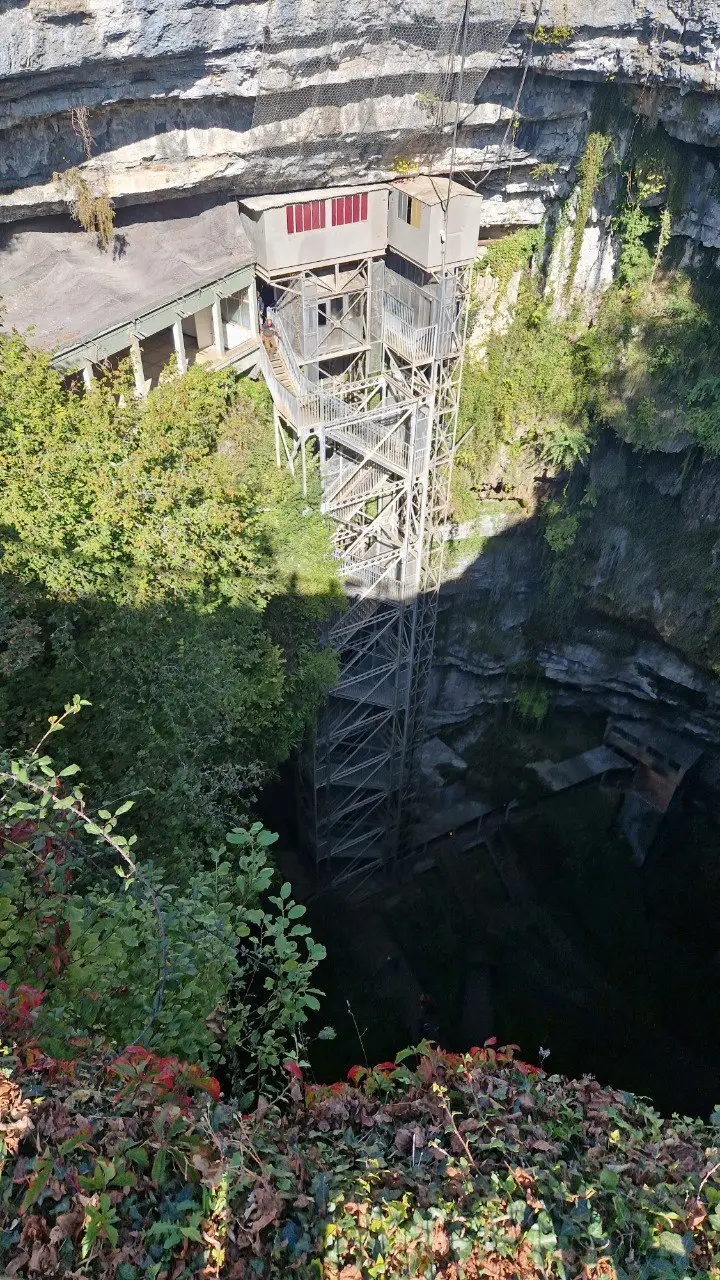
The underground secrets of Gouffre de Padirac
In the Dordogne Valley, hidden Gouffre de Padirac is the first underground natural heritage site in France. The Gouffre de Padirac, also known as the Padirac Abyss or the Devil's Hole, is one of the most famous and impressive cave systems in the world.
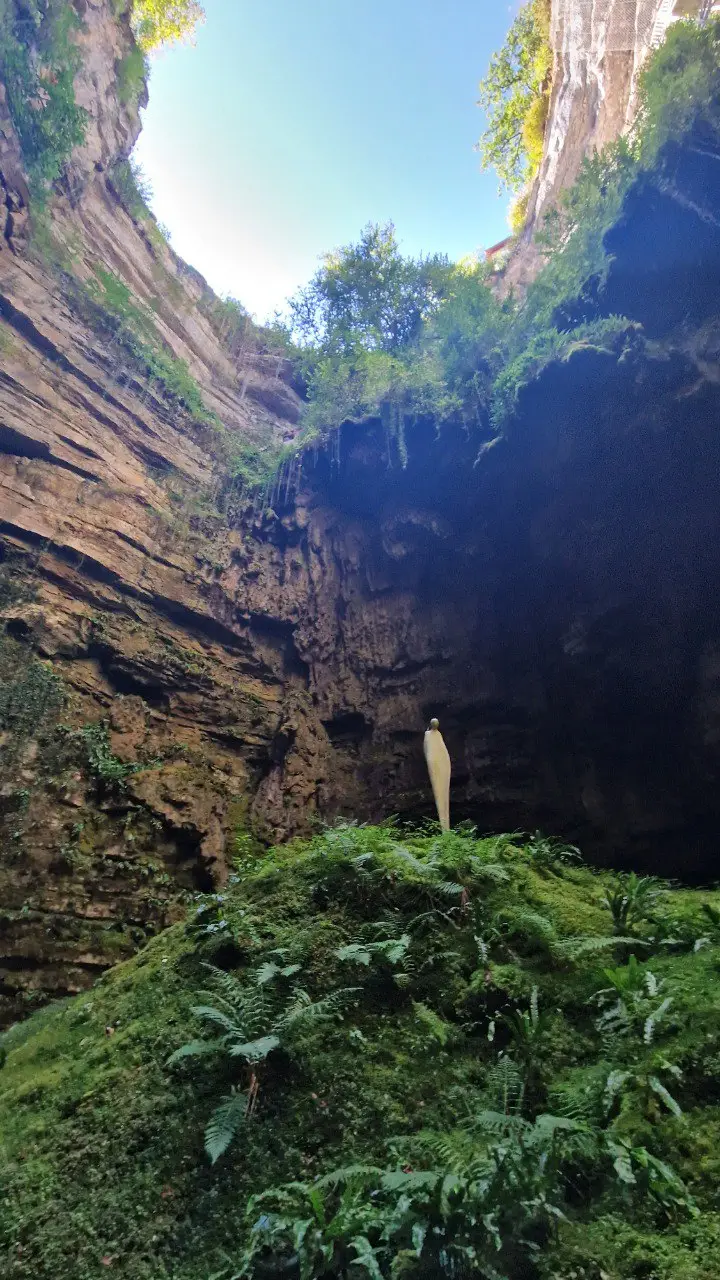
This natural wonder attracts researchers, tourists and adventure enthusiasts from all over the world. The Gouffre de Padirac Cave was officially opened to the public on April 10, 1899. Back then, it was one of the most popular tourist destinations in France in the 19th century. Equipped for a visit, it has been preserved in excellent condition and has not changed since then.
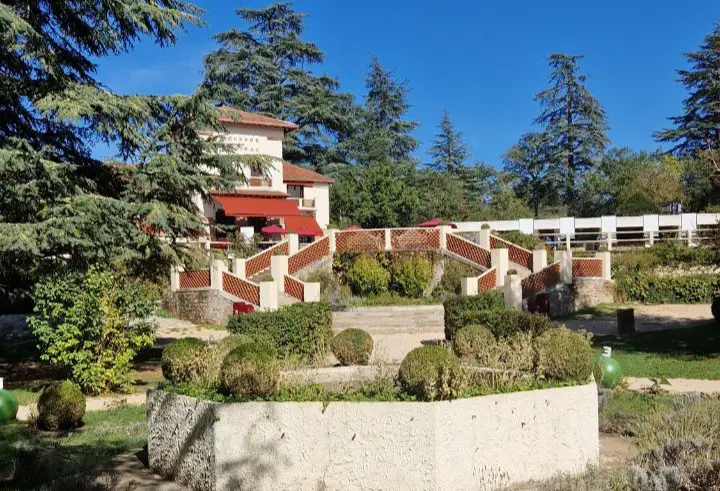
Only the reception building was built in 1930 for convenient public access.
Discovery and history
The history of Gouffre de Padirac begins with its discovery by Edouard-Alfred Martel, known as the "father of modern caving". Martel, who was a passionate cave explorer, first descended into the abyss in July 1889.
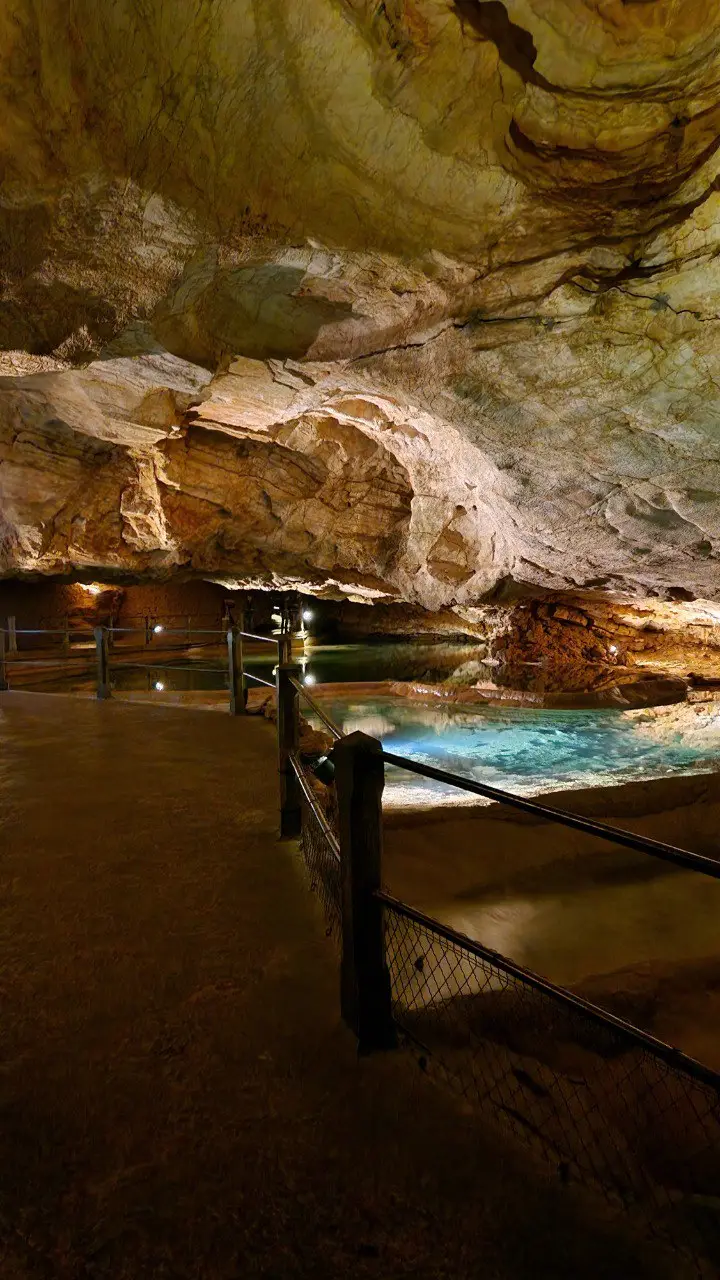
Amazed by the grandeur and beauty of the underground spaces he discovered, he conducted a detailed study of the cave and described it in his writings. From this moment began the history of Gouffre de Padirac as one of the most prominent cave systems in the world.
Geology and formation
Gouffre de Padirac is a 45 km long karst cave system formed by limestone rocks over millions of years. Karst formation processes begin when rainwater saturated with carbon dioxide penetrates the ground and dissolves limestone, creating underground cavities and tunnels.
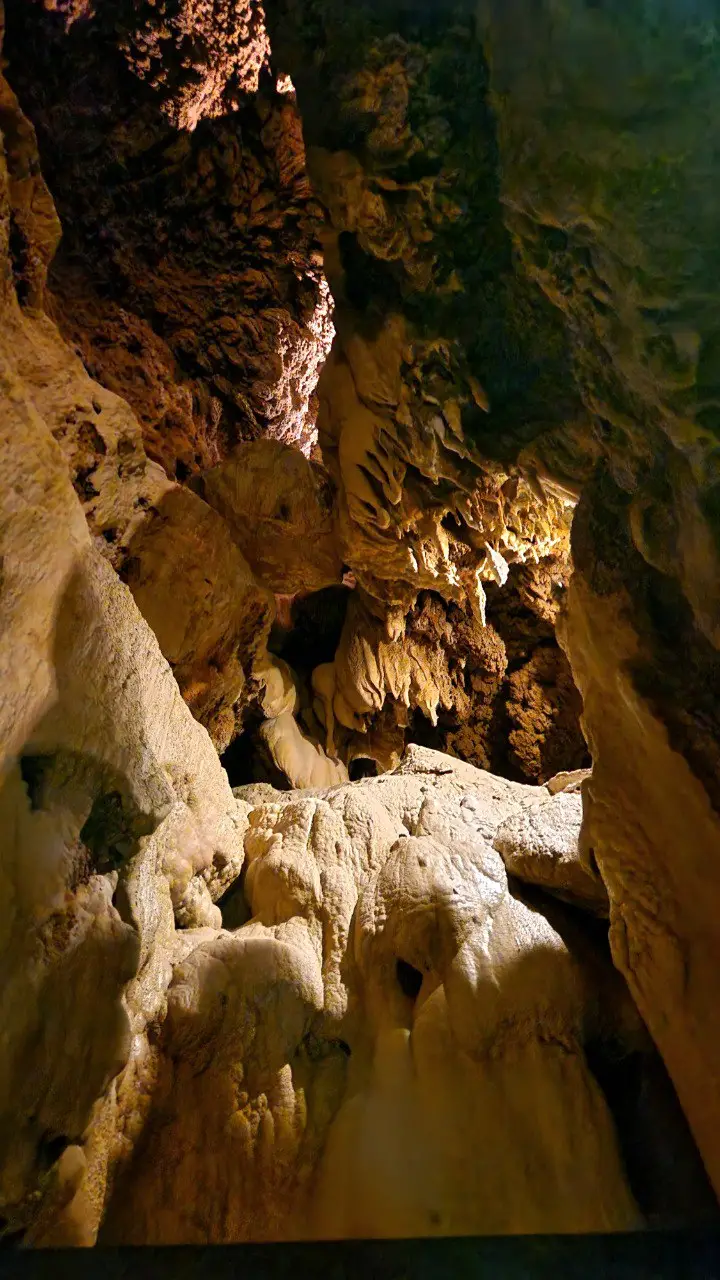
Over time, these cavities expand to form the large halls and galleries we see today. One of the most impressive aspects of the Gouffre de Padirac is its underground river that flows through the main part of the cave. This river is about 1 km long and is an important part of the tour route for visitors. The underground river also plays an important role in the formation of stalactites and stalagmites that adorn the cave.
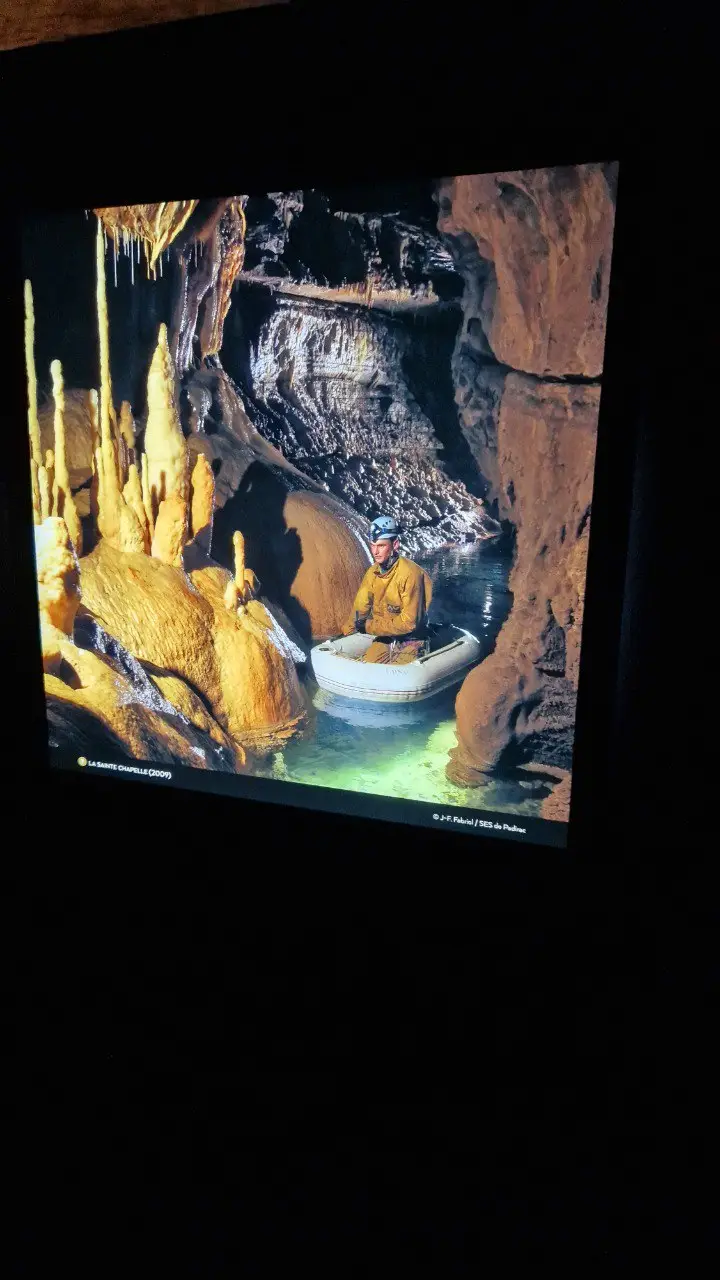
Exploration and Tourism
The tour starts with purchasing a ticket at the building's ticket office or on the website of Gouffre de Padirac . You will need to wait for a group of 20 people to gather. Tickets are free for children under 4 years old, but every adult must have a ticket.
Ticket prices in groups:
Adult 14.00 € (instead of 17.00 €), child from 4 to 12 years old 10.40 € (instead of 12.50 €)
The tour begins with the fact that you are given an audio guide in the queue, which has 6 languages, including English. Then the descent into the abyss begins directly. First of all, you are fascinated by the well with a diameter of 35 meters and a depth of 103 meters, which should be contemplated both from above and below with its breathtaking view.
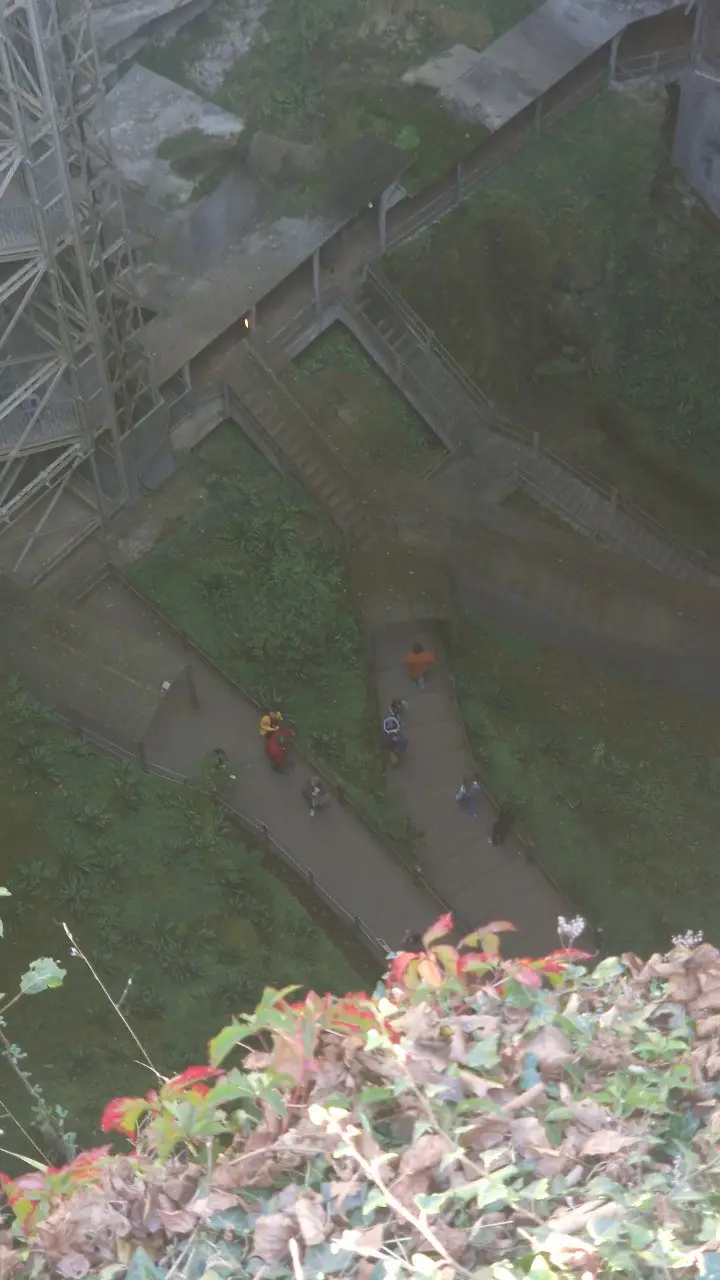
There is a sculpture that looks quite impressive against the background of thick green ferns covering the surface of the abyss, which inspires thoughts of the times when dinosaurs lived on our planet.
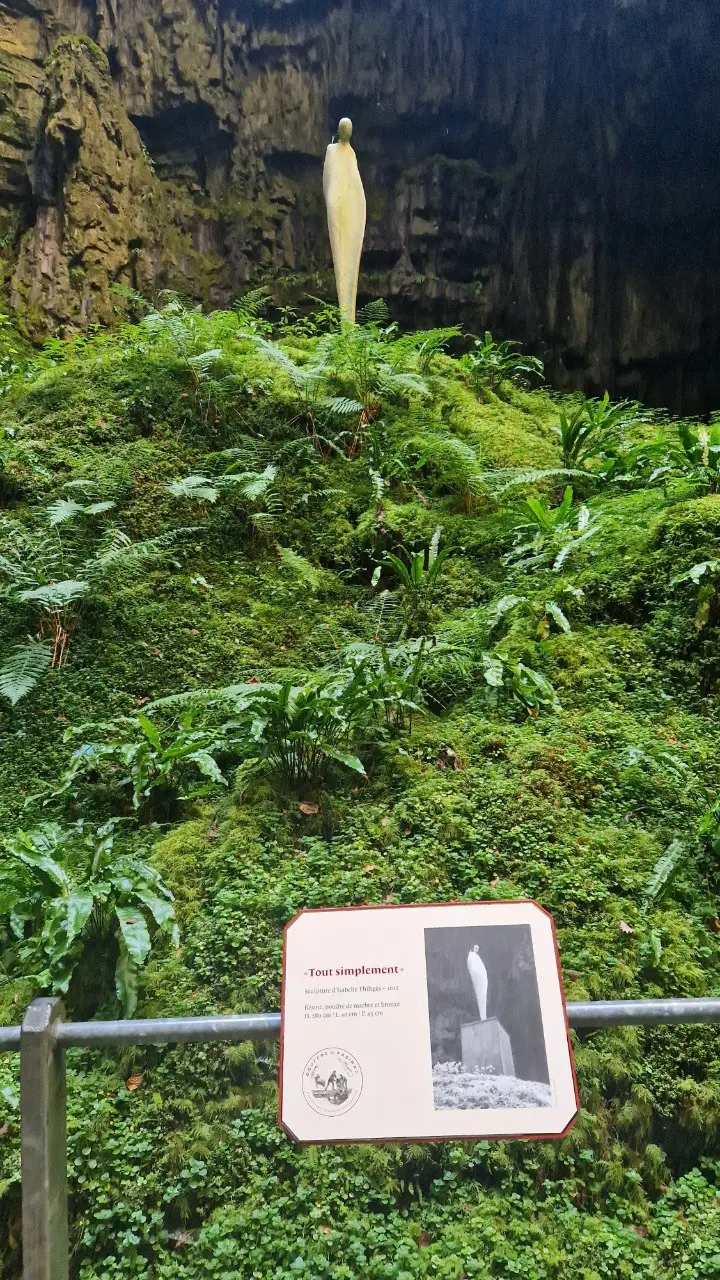
The descent can be made by 2 elevators or stairs, after which visitors wander through the underground galleries to the pier. It seems to be a place where time has stopped. Large stalactites hang from the ceiling like ice cascades frozen in flight. Stalagmites rise from the cave floor, forming majestic columns. The most impressive of these formations is the Great Pendolok, a giant stalactite that hangs over visitors, resembling a huge chandelier in an ancient castle.
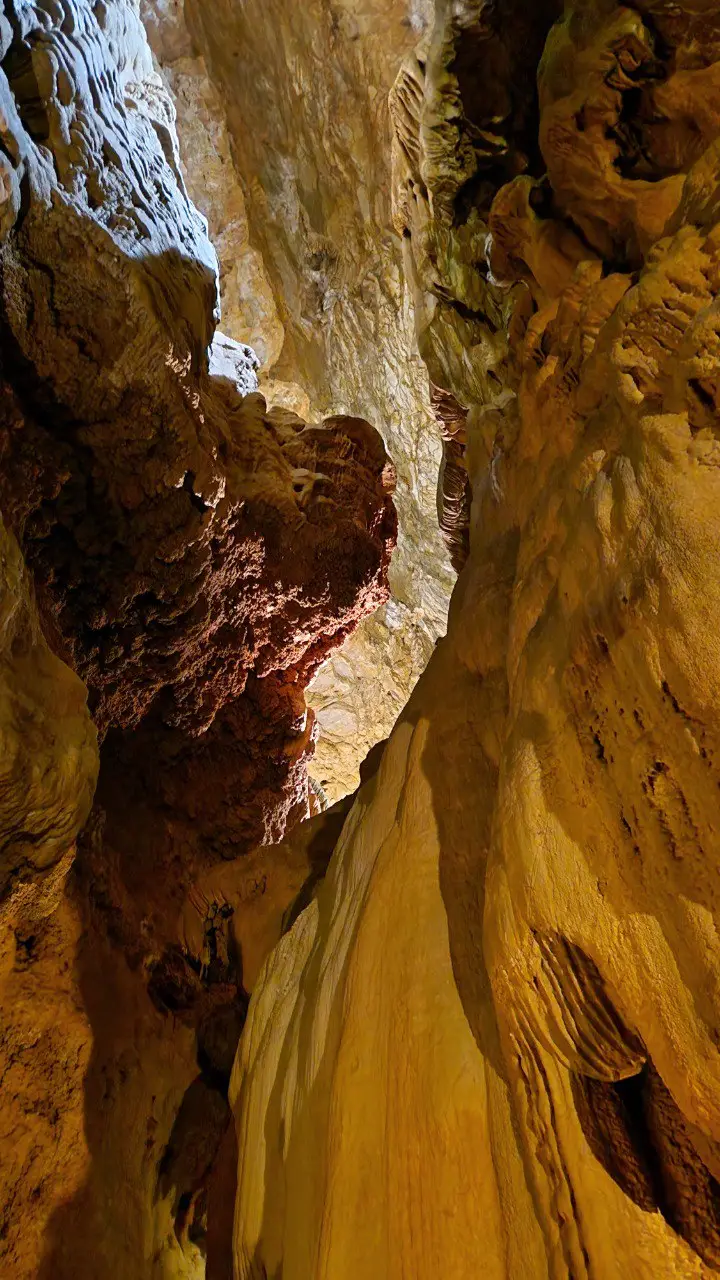
After boarding metal boats, you go for a walk along the underground river. The water laps gently against the sides of the boat, and the walls of the cave reflect the light of the lanterns, making you feel as if you are floating through a dream. It is forbidden to take photos and videos while traveling along the river.
The tour continues with the help of a Gouffre de Padirac employee who rows, visitors have the opportunity to ask him their questions about the water level and its temperature, whether there are living organisms in it or what they did not hear in the audio guide.
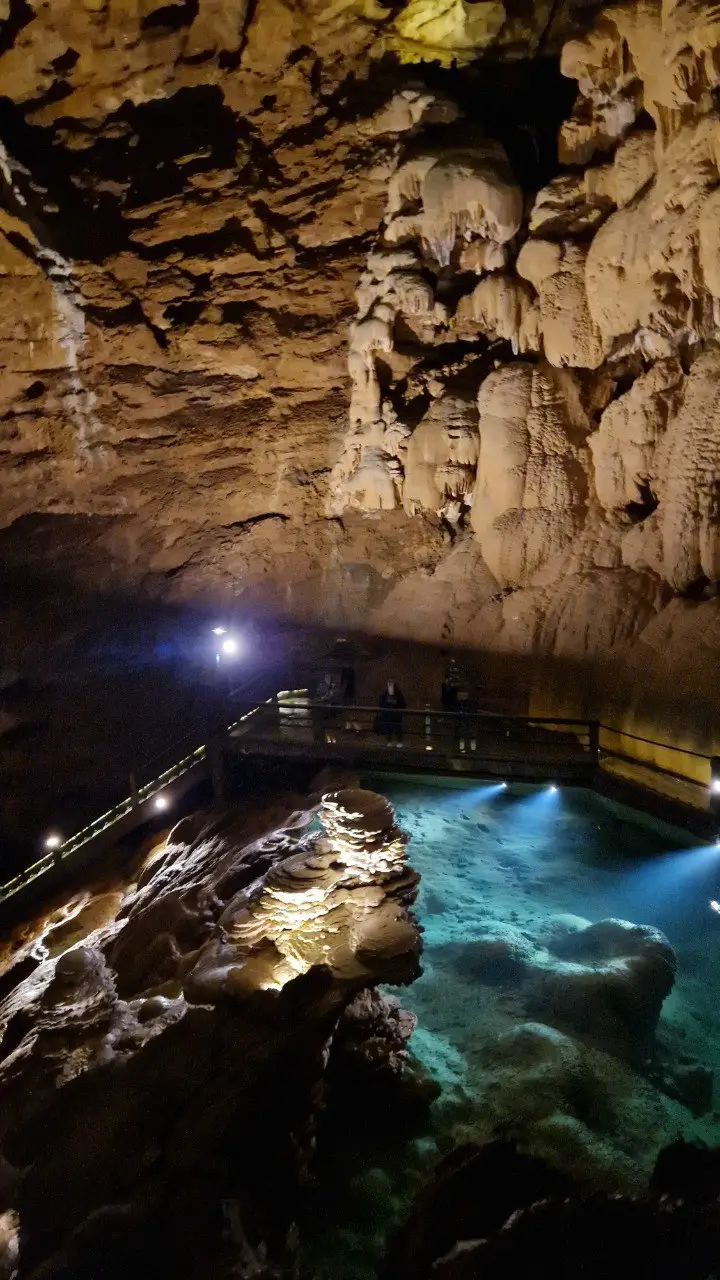
The river leads visitors through the Hall of Waterfalls to the pier, where they can continue the tour through new halls and galleries, each of which is striking in its beauty.
In the Hall of Waterfalls, water falls from the ceiling, creating magical cascades that sound like music. All this creates an atmosphere of magic that takes your breath away and leaves an unforgettable impression.
After arriving on the opposite bank, you go to marvel at the work of time: huge limestone cascades, underground lakes, incredible sculptures in the shape you can only imagine, everything is illuminated — impressive stalactites and stalagmites, nooks and crannies, each more amazing than the last.
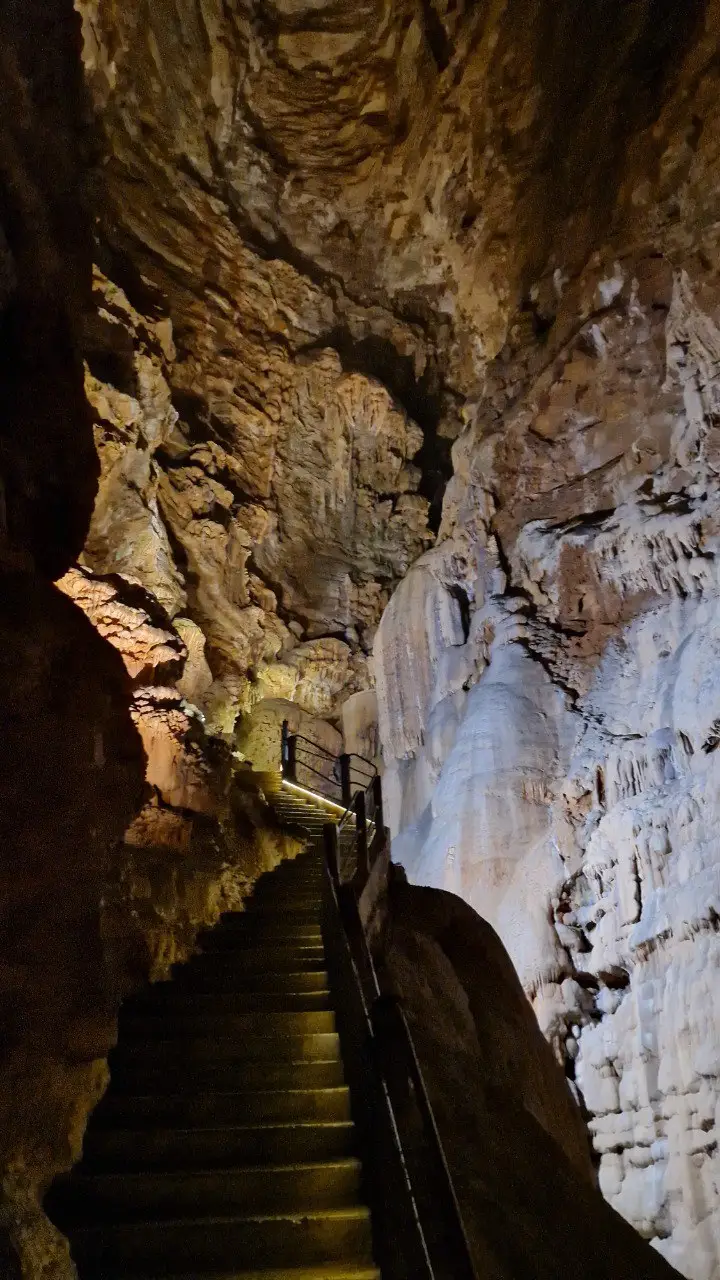
Suddenly, you will see Lac des Gours and the incredible Salle du Grand Dôme, whose vault rises 94 meters and reveals many geological wonders created by nature over millions of years. You have to discover one of the most beautiful places underground!
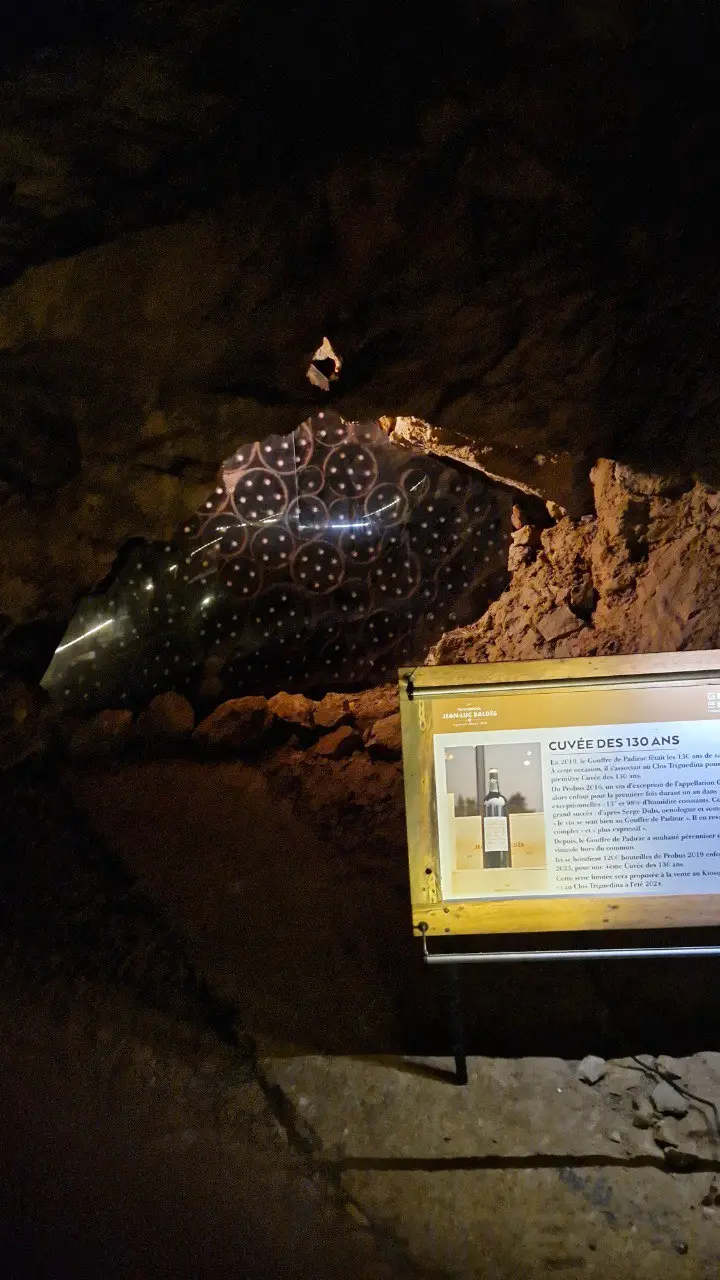
There is even a wine cellar with bottles that have been stored there since the discovery and a monument to the discoverer Martel himself.
Seeing the most impressive parts of the cave, including the Great Pendolc, the Great Pillar Room and the Hall of Waterfalls, will leave you impressed for a long time. The audio guides provide detailed and comprehensive information about the history, geology, and formation of the cave, making the trip not only interesting but also educational.
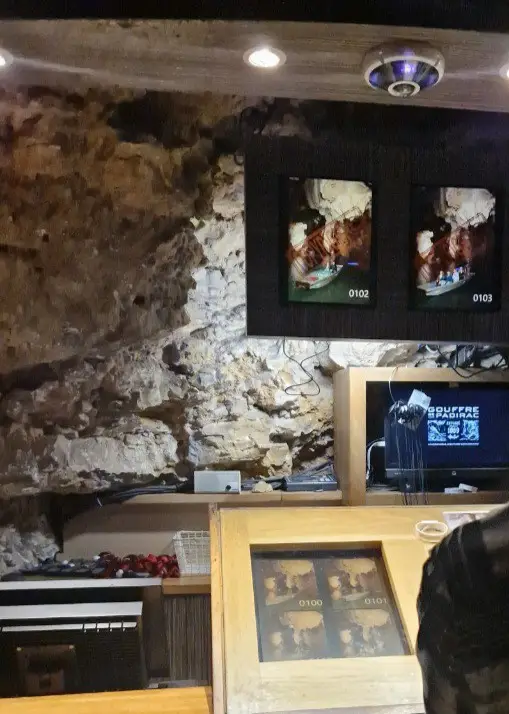
On the way back, when you pass the Hall of Waterfalls by boat, you will be photographed, and you can buy a photo as a souvenir of this magical trip.
Research and Discovery
Gouffre de Padirac is also an important object for scientific research. Speleologists and geologists from all over the world come here to study geological processes, mineral formations and the cave ecosystem. The research conducted in Padirac helps to better understand the processes of karst formation and the development of underground rivers and lakes.
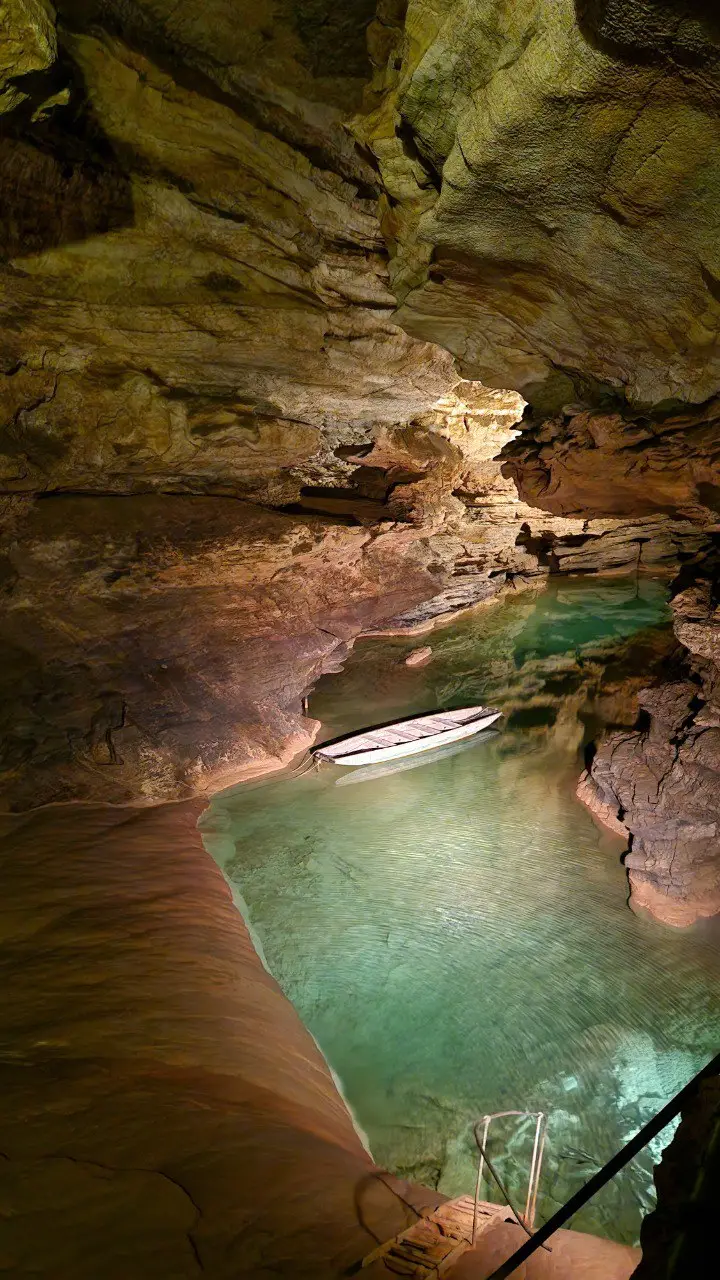
In addition, Gouffre de Padirac is a venue for expeditions to find new underground passages and galleries. These expeditions often reveal new, previously unknown parts of the cave, adding to its already impressive scale.
Impact on local economy and culture
Gouffre de Padirac has a significant impact on the local economy, attracting around 400,000 tourists each year. Tourism contributes to infrastructure development, creates jobs and supports local businesses such as hotels, restaurants and souvenir shops. In addition, the cave is an important cultural and historical landmark that contributes to the preservation of local heritage. In total, more than 25 million tourists have visited Gouffre de Padirac since its opening.
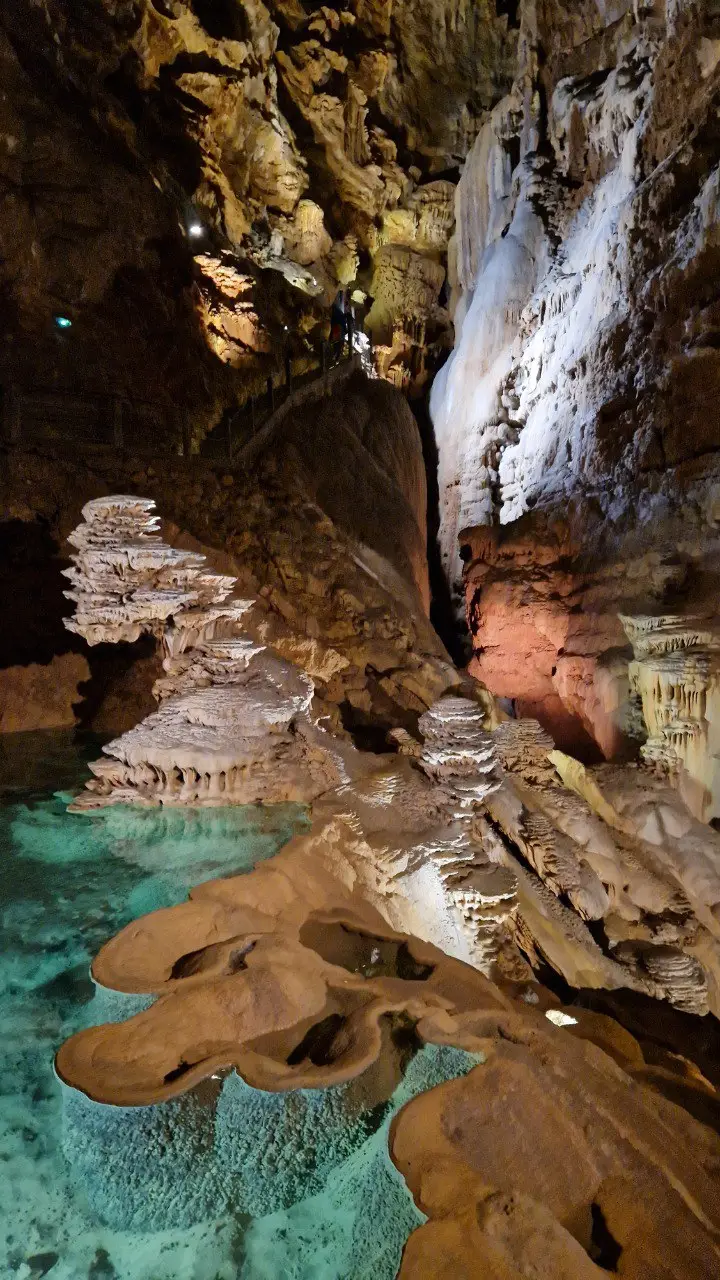
The Future of Gouffre de Padirac
Given the growing interest in nature and ecological tours, Gouffre de Padirac is well positioned to maintain its popularity in the future. However, it is important that the cave's conservation and management efforts remain a priority. Conservation efforts ensure the cave's beauty and accessibility for future generations. It is important that everyone who visits the site is mindful of its fragility and takes care to preserve its wonders. This includes controlling the number of visitors, keeping the cave clean and safe, and conducting research to monitor the condition of the mineral formations and the ecosystem.
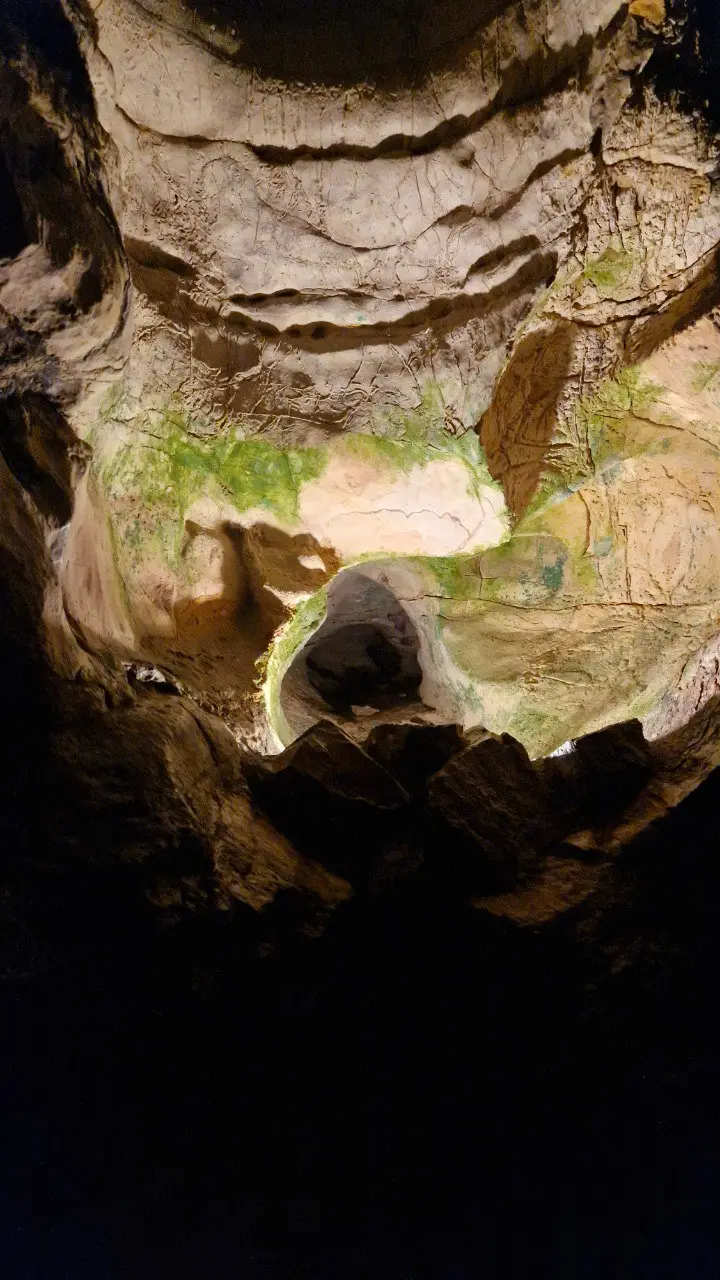
Gouffre de Padirac is a unique natural attraction in the Dordogne that fascinates with its grandeur and beauty. This is a place where visitors can plunge into the underworld and see incredible mineral formations created by nature over millions of years. Thanks to the efforts of researchers and tour operators, Gouffre de Padirac continues to be one of the most prominent sites in the world of speleology and tourism.

